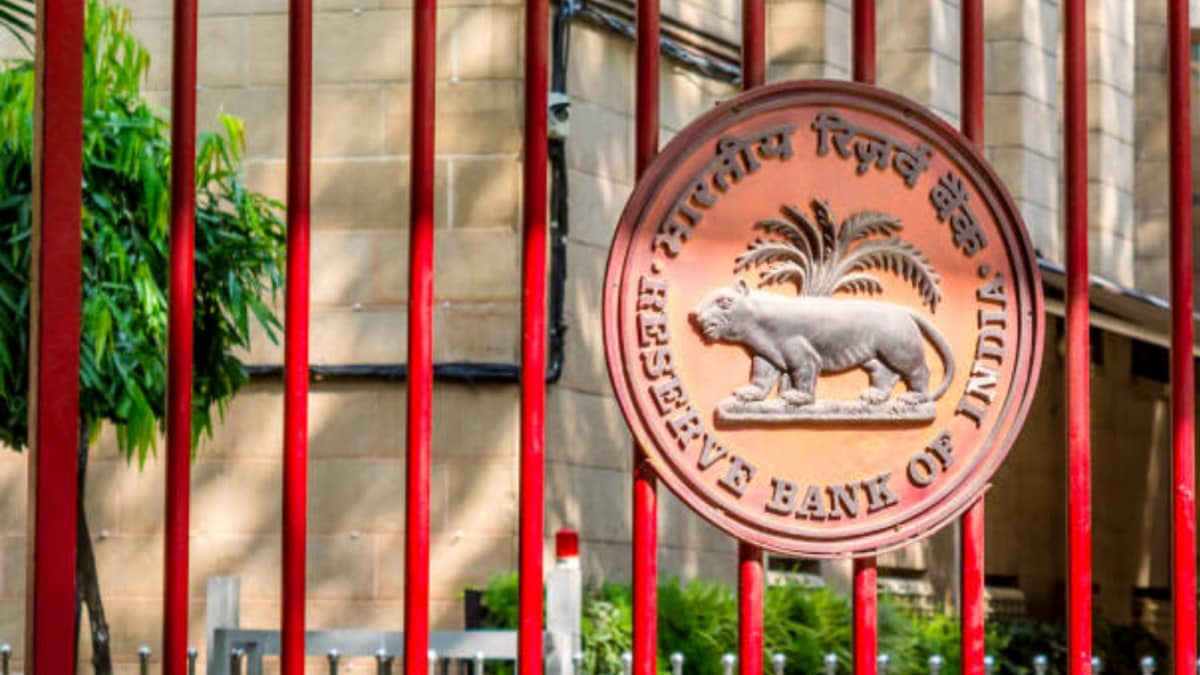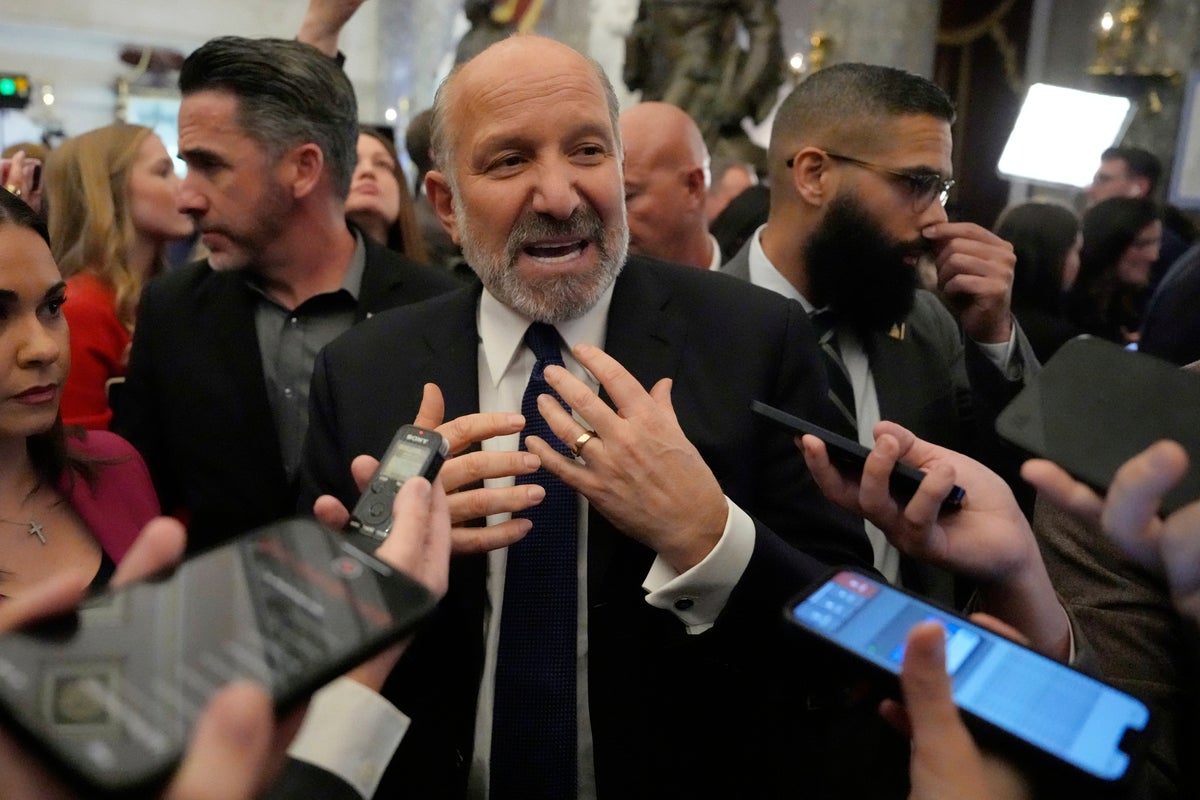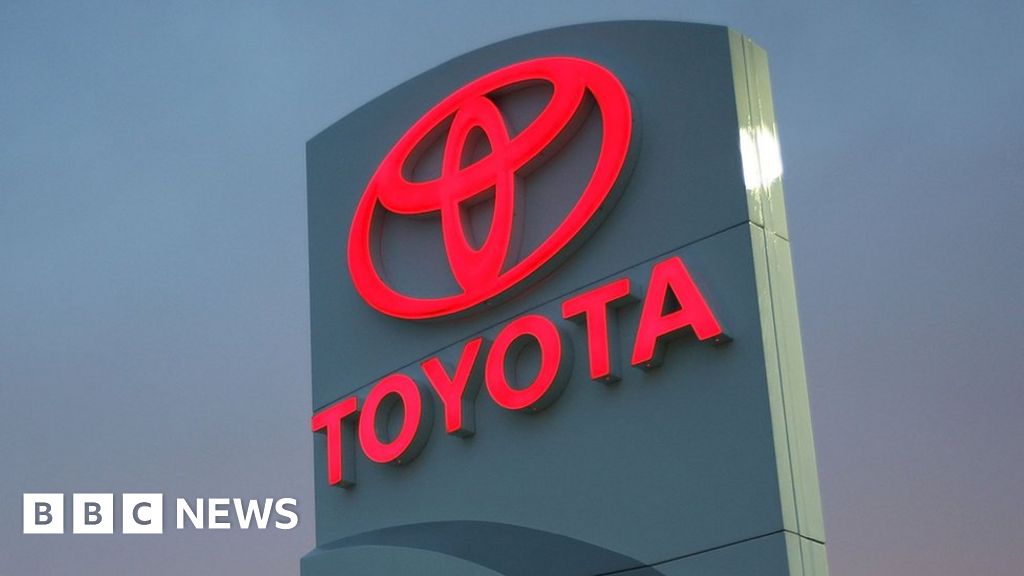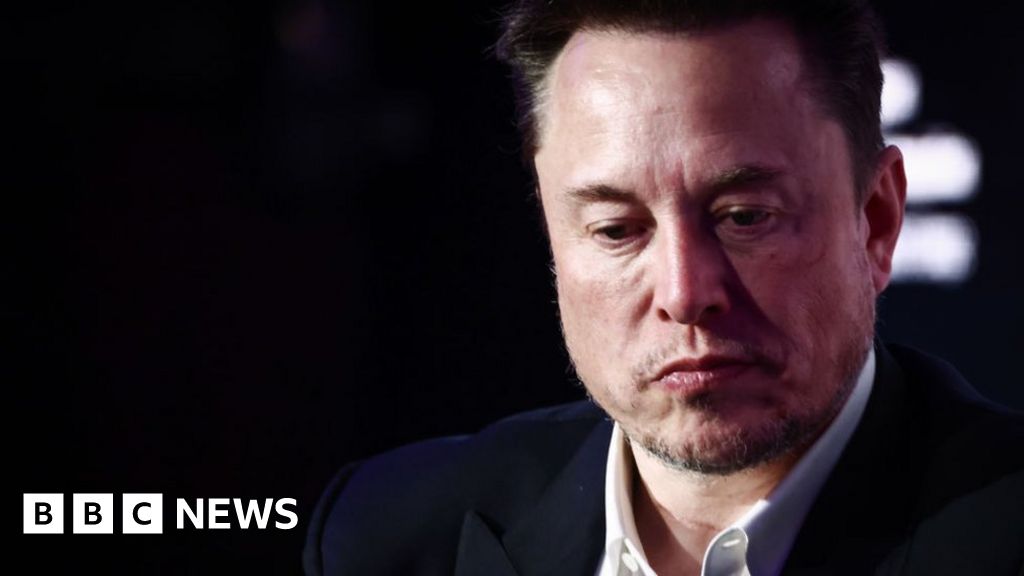Last Updated:
The RBI has announced a dividend payout of Rs 2.69 lakh crore for the central government for the financial year 2024-25.
In the previous FY24, the RBI had transferred a record surplus amount or dividend of Rs 2.1 lakh crore to the government.
RBI Dividend 2025: The Reserve Bank of India (RBI) on Friday announced a dividend payout of Rs 2.69 lakh crore for the central government for the financial year 2024-25. This much-anticipated announcement was made after the 616th meeting of the RBI’s Central Board of Directors under the chairmanship of RBI Governor Sanjay Malhotra.
Last year, the RBI stunned the markets by transferring a record surplus of Rs 2.1 lakh crore for FY24, more than double the Rs 87,416 crore transferred in FY23. This year, the dividend is even higher, providing a potential fiscal boost to the government.
Why Does RBI Transfer Dividend to the Government?
The RBI, like other central banks, earns a surplus every year through various operations and transfers a portion of this surplus to the central government as dividend or surplus transfer. This transfer is governed by the Economic Capital Framework (ECF), which was reviewed and revised in 2019 based on recommendations from a committee led by former RBI Governor Bimal Jalan.
As per the ECF, the RBI is required to maintain a certain level of risk provisioning — specifically under the contingent risk buffer (CRB) — within a range of 6.5 per cent to 5.5 per cent of its balance sheet. The remaining surplus after provisioning becomes eligible for transfer to the government.
However, the RBI on May 23, 2025, has also decided to increase the contingent risk buffer (CRB) to 7.50 per cent, from 6.5 per cent earlier.
“Based on the revised ECF, and taking into consideration the macroeconomic assessment, the Central Board decided to further increase the CRB to 7.50 per cent,” it added.
The revised framework stipulates that the risk provisioning under the Contingent Risk Buffer (CRB) be maintained within a range of 7.50 to 4.50 per cent of the RBI’s balance sheet, the RBI stated.
How Does RBI Earn Money?
The RBI is not a commercial bank, but it still generates income through several channels:
1. Interest Income from Government Securities
A major chunk of the RBI’s income comes from the interest it earns on government bonds and treasury bills. The central bank holds a vast portfolio of these securities.
2. Forex Reserves Management:
The RBI earns returns on its foreign exchange reserves (which include holdings in dollars, euros, gold, etc.). These reserves are invested in safe foreign assets, which yield interest or capital gains.
The RBI has increased its gold holding recently. The gold prices have surged sharply in the past few months, thus boosting the financials of the RBI.
3. Open Market Operations (OMO)
Through buying and selling of government securities in the open market, the RBI earns trading income, especially during phases of interest rate volatility.
4. Liquidity Management Operations
The interest earned on the funds lent to banks via liquidity windows like repo operations also contributes to the RBI’s earnings.
5. Currency Issuance and Seigniorage
The RBI earns seigniorage, the difference between the cost of printing currency and its face value. While the cost of printing a Rs 500 note might be a few rupees, it carries a purchasing power of Rs 500.
6. Fees and Charges
It also collects fees for banking services it provides to the government and commercial banks, including services related to debt management and clearing operations.
“The RBI’s latest surplus payout of 2.69 lakh crore was driven by robust gross dollar sales, higher foreign exchange gains, and steady increases in interest income. Notably, the RBI was the top seller of foreign exchange reserves in January among other Asian central banks. The dynamics of surplus for RBI was decided by its LAF operations and interest income from its holding of domestic and foreign securities,” SBI Research said in its latest ‘SBI Ecowrap’ report after the RBI’s payout announcement.
What is the Economic Capital Framework?
The Economic Capital Framework (ECF) is the mechanism that guides the RBI’s decision on how much of its annual surplus should be kept as reserves and how much can be transferred to the Centre. The ECF seeks to strike a balance between the RBI’s need for financial resilience and the government’s fiscal requirements.
Last week, the Central Board of the RBI reviewed the ECF to ensure it remains aligned with changing economic conditions, risks, and the Reserve Bank’s balance sheet dynamics.
On May 23, the RBI said, “During accounting years 2018-19 to 2021-22, owing to the prevailing macroeconomic conditions and the onslaught of Covid-19 pandemic, the Board had decided to maintain the CRB at 5.50 per cent of the Reserve Bank’s Balance Sheet size to support growth and overall economic activity. The CRB was increased to 6.00 per cent for FY 2022-23 and to 6.50 per cent for FY 2023-24. Based on the revised ECF, and taking into consideration the macroeconomic assessment, the Central Board decided to further increase the CRB to 7.50 percent. The Board thereafter approved the transfer of Rs 2,68,590.07 crore as surplus to the Central Government for the accounting year 2024-25.”
The revised framework stipulates that the risk provisioning under the Contingent Risk Buffer (CRB) be maintained within a range of 7.50 to 4.50 per cent of the RBI’s balance sheet.
- First Published:







